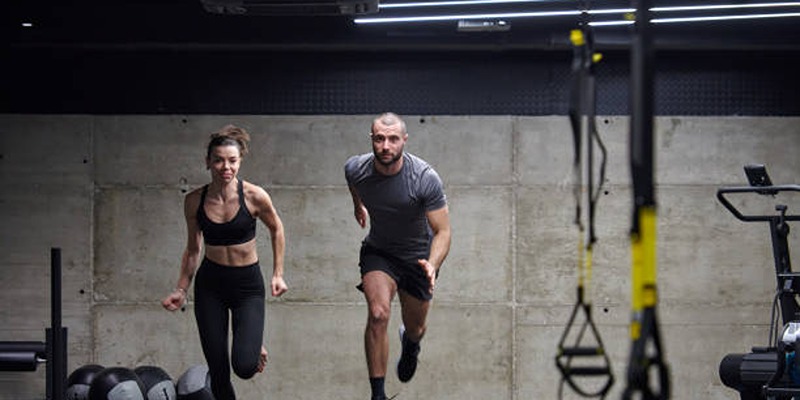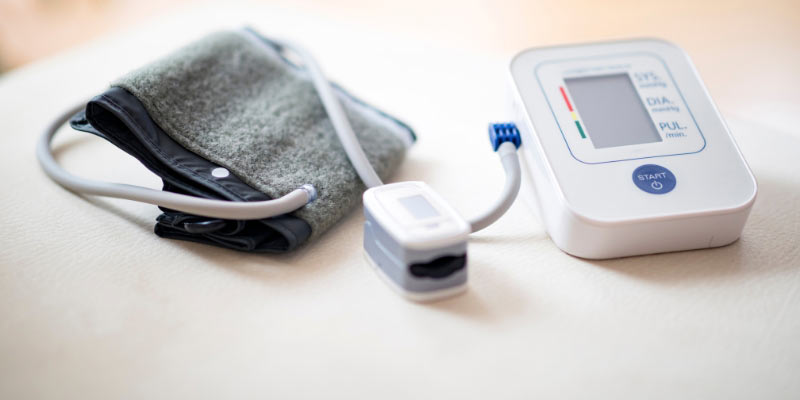Embarking on a journey to better cardiovascular health can often feel daunting, but the truth is, it's one of the most beneficial decisions you can make for your long-term wellness. "Kickstart Your Heart" is designed to ease you into a cardio routine that fits your lifestyle and paves the way for a stronger, more energetic you. Whether you're a complete novice to exercise or looking to revamp your current regimen, this guide will offer practical advice, from choosing the right type of cardiovascular activity for your needs to setting achievable goals and tracking your progress. Remember, the heart is not just the core of our physical being; it's the engine that powers every step, every breath, and every moment of our lives. Let's get that engine running at its best!
What is cardio?
Cardio, short for cardiovascular exercise, refers to any physical activity that elevates your heart rate and increases oxygen circulation throughout the body. This type of exercise targets the heart and lungs, improving their endurance and strengthening them over time. It also has numerous benefits for other parts of the body such as muscles, bones, and even mental health.
Why is cardio crucial for your overall health?
Cardiovascular exercise is crucial for maintaining a healthy heart and reducing the risk of various health conditions, including heart disease, stroke, high blood pressure, and obesity. It also helps with weight management by burning calories and boosting metabolism. Apart from the physical benefits, cardio has been linked to improved mood, reduced stress levels, and better sleep.
Types of Cardiovascular Exercise
There are various types of cardiovascular activities that you can incorporate into your routine, and the key is finding what works best for you. Some popular options include:
- Walking: This low-impact exercise is suitable for all fitness levels and can easily be incorporated into your daily routine.
- Running: A more challenging activity, running can improve cardiovascular endurance and has been linked to improved bone and joint health.
- Cycling: A great option for those with joint issues, cycling can be done indoors or outdoors and offers a low-impact workout.
- Swimming: An excellent full-body workout, swimming is gentle on the joints and can improve cardiovascular endurance, strength, and flexibility.
- Dancing: Not only is dancing a fun way to get your heart rate up, but it also has mental health benefits and can improve coordination and balance.
Setting Clear Cardio Goals

It's essential to have clear and achievable goals when starting a cardio journey. These goals will help keep you motivated and allow you to track your progress. Some examples of measurable cardio goals include:
- Frequency: Set a goal for how many times per week you want to do cardiovascular exercise.
- Duration: Decide on the length of time you want to dedicate to each workout session.
- Intensity: Set a target heart rate or level of exertion for each workout.
Remember to start small and gradually increase your goals as you build endurance and strength. It's also important to consult with a healthcare professional before starting any new exercise routine, especially if you have any pre-existing conditions or are at high risk for cardiovascular disease.
Choosing Your Cardio Path
Choosing the right type of cardio for your needs and preferences is crucial for long-term success. Consider factors such as:
- Fitness level: If you're new to exercise, start with low-impact activities and gradually increase intensity.
- Preferences: Choose an activity that you enjoy so that it doesn't feel like a chore.
- Schedule: Find a time that works best for you to fit in your workout, whether it's first thing in the morning or during a lunch break.
- Equipment: Decide if you want to invest in equipment for at-home workouts or prefer activities that require little to no equipment.
Measuring Your Progress
Tracking your progress is an excellent way to stay motivated and see the results of your hard work. Some ways to measure your progress include:
- Keeping a workout journal: Write down the type of exercise, duration, intensity, and any other details you want to track.
- Using wearable technology: Fitness trackers or heart rate monitors can help monitor your activity levels and progress over time.
- Taking progress photos: Before and after photos can be a useful visual tool to track any physical changes from your cardio routine.
It's important to remember not to get discouraged if you don't see immediate results. Results take time, and the key is consistency and patience.
Overcoming Common Cardio Challenges
Starting a new cardio routine can come with its fair share of challenges, such as:
- Lack of motivation: It's normal to have days where you don't feel like working out. On these days, try to find small ways to stay active or find a workout buddy for extra accountability.
- Plateaus: It's common to hit a plateau in progress, but mixing up your routine, increasing intensity, or trying new activities can help break through these plateaus.
Advanced Cardio Strategies

For those looking to take their cardio routine to the next level, there are various advanced strategies you can incorporate, such as:
- Interval training: Alternating between high-intensity bursts of activity and lower-intensity recovery periods can improve cardiovascular endurance and burn more calories.
- Circuit training: Combining strength exercises with cardiovascular activities in a circuit format can provide a full-body workout and increase overall fitness.
- Incorporating weights: Adding resistance training to your cardio routine can help build muscle and improve overall strength and endurance.
Conclusion
Incorporating cardiovascular exercise into your routine is crucial for maintaining overall health and well-being. Whether you choose to walk, run, cycle, swim, dance or try advanced strategies such as interval or circuit training, the key is finding what works best for you and setting achievable goals. Remember to listen to your body, track your progress, and stay consistent for long-term success. With dedication and patience, you can reap the physical and mental benefits of regular cardio exercise.







